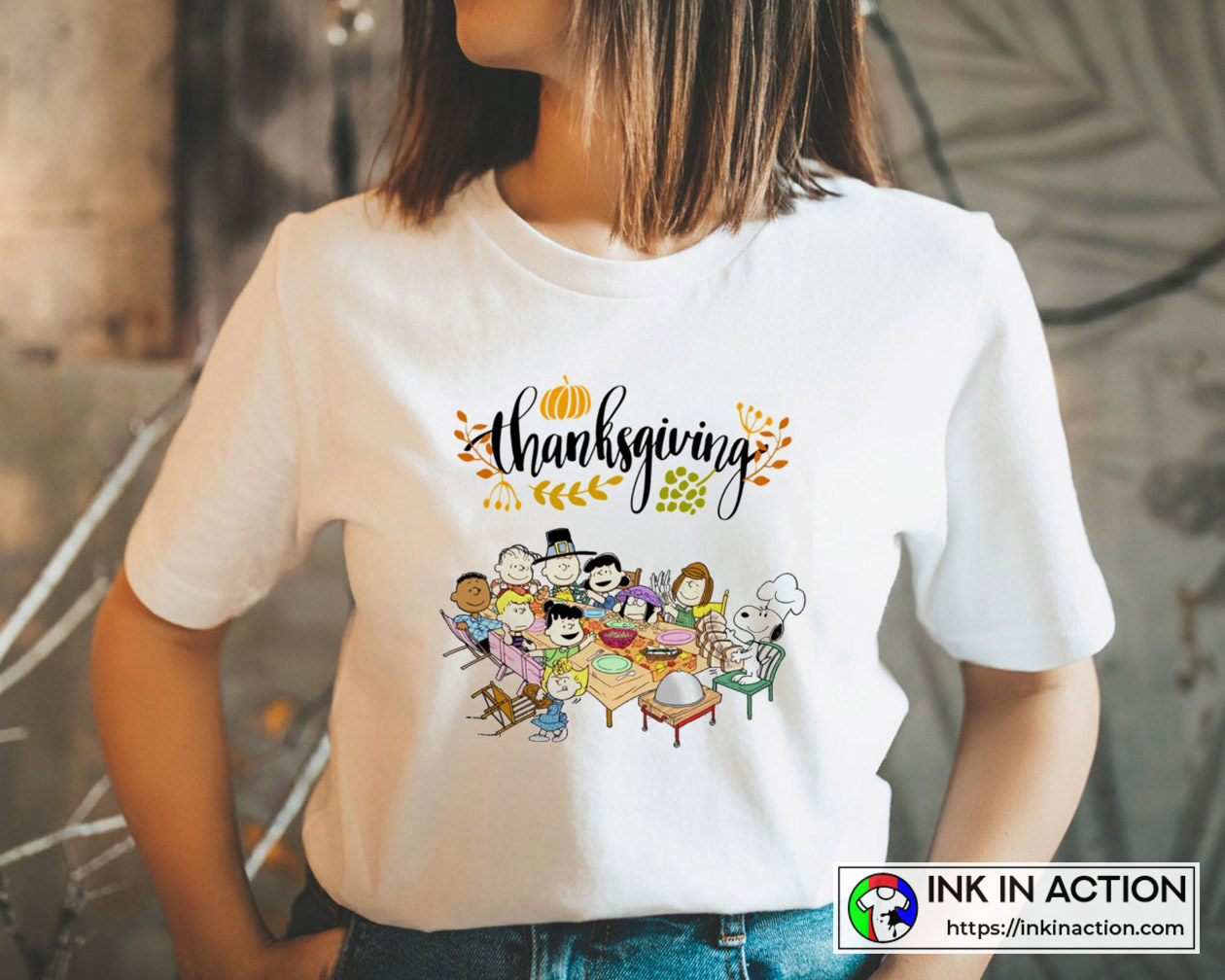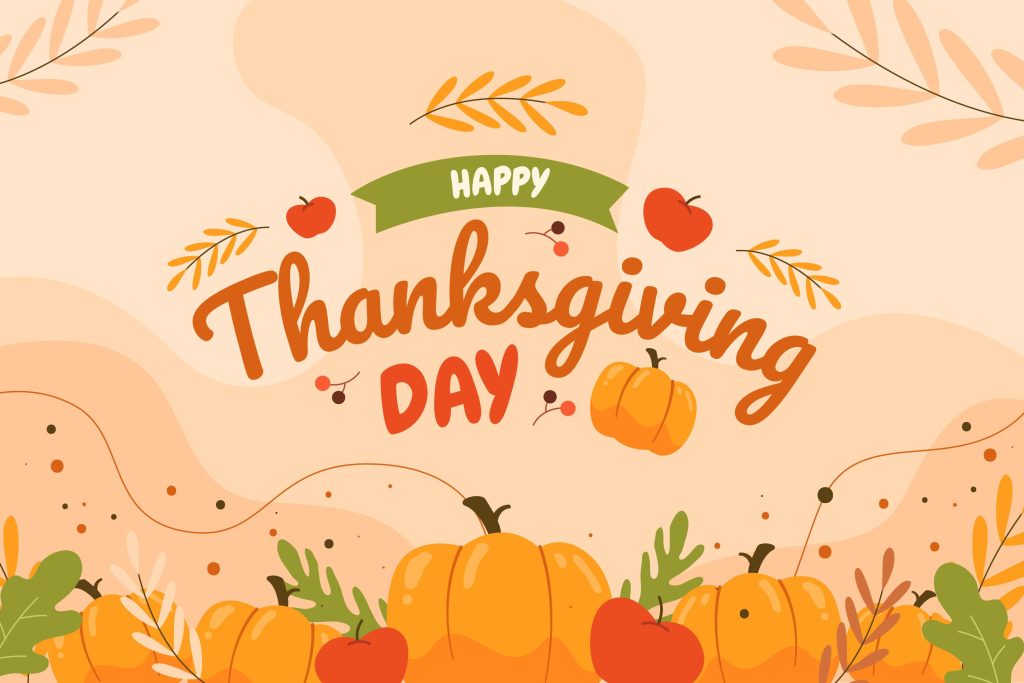Holidays
5 Differences Between Thanksgiving in the United States and Canada
Thanksgiving Day is a cherished holiday celebrated with enthusiasm, gratitude, and joy on both sides of the North American border. While the core essence of Thanksgiving remains the same – a time to express appreciation for the blessings of the year and to gather with loved ones – there are intriguing differences that set Thanksgiving in the United States and Canada apart. In this blog, we’ll delve into the unique customs, historical origins, and cultural nuances that make these two celebrations distinct, offering a glimpse into how these neighboring nations approach this special day.
Historical Origins
The roots of Thanksgiving in the United States trace back to a small group of Pilgrims who sailed from England on the Mayflower in 1620. After a grueling journey, they established the Plymouth Colony in what is now Massachusetts. In the autumn of 1621, the Pilgrims, along with Wampanoag Native Americans, celebrated a bountiful harvest with a three-day feast. This historic event is widely considered one of the first Thanksgiving celebrations in North America.
Canadian Thanksgiving, on the other hand, boasts even earlier origins. It can be traced back to the English explorer Martin Frobisher, who, in 1578, held a celebratory feast in what is now Nunavut. Frobisher’s gathering was a gesture of gratitude for his safe passage through the Northwest Passage, a treacherous sea route that connected the Atlantic and Pacific Oceans. Over time, this event evolved into a tradition of giving thanks for the blessings of the harvest. Additionally, French settlers in the early 1600s also held their own celebrations of gratitude for successful harvests, contributing to the rich tapestry of Canadian Thanksgiving history.
These distinct historical beginnings lay the foundation for the differing traditions and cultural nuances that define Thanksgiving in the United States and Canada. While both celebrations share the core value of expressing gratitude, their unique roots offer a deeper understanding of how these holidays have evolved over the centuries in their respective nations.
Duration of celebration
Thanksgiving in the United States is a multifaceted celebration that spans several days. The holiday itself is fixed on the fourth Thursday of November, a tradition solidified by President Franklin D. Roosevelt in 1941. This strategic placement allows for an extended weekend of festivities. Starting on Thanksgiving Day, which is typically a Thursday, the celebrations often extend through the weekend, culminating on Sunday.
In Canada, Thanksgiving is observed on the second Monday in October. This holiday was officially designated a national celebration in 1879. Originally, Canadians marked Thanksgiving on various dates, but in 1957, the government established the second Monday in October as the standardized day for festivities. Unlike in the U.S., Canadian Thanksgiving tends to be more condensed. It is primarily a one-day event, centered on Monday.
These distinct durations of celebration of Thanksgiving in the United States and Canada offer a fascinating insight into the cultural priorities and practices of each nation. While both holidays serve as vital occasions for expressing gratitude, the length of the celebrations reflects the diverse approaches and customs that define Thanksgiving on either side of the border.
Cultural Significance
Thanksgiving in the United States holds a cherished place in American culture. It is a time for families to come together, transcending distances and busy schedules, to share in the warmth of togetherness. Parades, such as the iconic Macy’s Thanksgiving Day Parade in New York City, captivate audiences and add a touch of pageantry to the holiday. The heart of the celebration lies in the abundant feast, where generations gather around a laden table to enjoy the traditional fare. It is a moment of reflection and expression of gratitude for the blessings of the year.
Canadian Thanksgiving shares much in common with its American counterpart, yet it carries a subtly different emphasis. While familial gatherings and feasts remain at the core, Canadian Thanksgiving places a slightly heightened focus on nature’s bounty and the agricultural harvest. It’s a time to revel in the splendor of autumn, to appreciate the vibrant hues of changing leaves, and to acknowledge the fruits of the earth that sustain us. Canadians use this occasion to express gratitude for the blessings of the past year, both in terms of personal achievements and the abundance of the natural world.
These nuanced differences in cultural significance illuminate the distinct perspectives that shape the observance of Thanksgiving in the United States and Canada. While both celebrations center around gratitude and family, the emphasis placed on nature and the changing seasons in Canada adds a unique layer of appreciation to the holiday.
Food
In the United States, Thanksgiving is synonymous with a sumptuous feast featuring a roasted turkey as the pièce de résistance. This majestic bird takes center stage, its golden skin and tender meat symbolizing the harvest’s bounty. Alongside, you’ll find classic accompaniments like stuffing, a delectable mixture of seasoned bread, vegetables, and herbs, often cooked inside the turkey for an extra burst of flavor. Creamy mashed potatoes, adorned with butter and perhaps a sprinkle of chives, provide a comforting contrast. For dessert, traditional pumpkin pie, its spiced custard nestled in a flaky crust, is a quintessential finale to this festive feast.
Across the border in Canada, the Thanksgiving table bears a striking resemblance to its American counterpart. However, Canada’s diverse regions and cultural influences bring forth a delightful array of regional variations in side dishes and desserts. Family traditions play a significant role, influencing the selection of accompaniments. You might find unique twists on classic recipes, such as stuffing infused with regional herbs or cranberry sauce with a hint of maple sweetness. From buttery mashed potatoes to hearty root vegetable dishes, the sides offer a diverse array of flavors and textures. Dessert in Canada’s Thanksgiving spread may feature delights beyond the ubiquitous pumpkin pie, with options like butter tarts or pecan pie making appearances.
Both Thanksgiving in the United States and Canada, the Thanksgiving table showcases a shared appreciation for seasonal bounty, family, and culinary heritage. While the overarching theme remains consistent, the unique regional touches and family traditions lend a distinct character to each nation’s Thanksgiving feast. These subtle variations are a testament to the rich cultural tapestry that defines this cherished holiday on both sides of the border.
Commercial Aspect
Following the heartfelt celebrations of Thanksgiving in the U.S., the holiday fervor seamlessly transitions into the consumer-driven extravaganza known as Black Friday. This day, which falls on the day after Thanksgiving, has evolved into one of the busiest shopping days of the year. Retailers entice shoppers with jaw-dropping discounts, doorbusters, and promotional offers, creating an atmosphere of excitement and urgency. Crowds flock to malls and stores at the crack of dawn, eager to snatch up coveted deals on everything from electronics to clothing.
In Canada, the emergence of Black Friday traditions mirrors the influence of American culture. While the phenomenon has made its way north of the border, it retains a distinctive character. Compared to its frenetic counterpart in the U.S., Black Friday in Canada is generally less intense. The scale and cultural significance of this shopping extravaganza are not as pronounced. While Canadian retailers do offer enticing deals and promotions, the overall shopping frenzy tends to be more subdued.



The contrast in Black Friday celebrations between Thanksgiving in the United States and Canada highlights the interplay between culture and consumerism in these neighboring nations. While both countries partake in this shopping spectacle, the degree of fervor and cultural significance attached to it underscores the nuanced differences that define their respective approaches to the holiday season.
Conclusion
Thanksgiving in the United States and Canada, while sharing a common thread of gratitude and familial togetherness, boasts intriguing distinctions that reflect the unique cultural and historical tapestries of each nation. From their historical origins and duration of celebration to the culinary delights that grace the table, these neighboring countries approach Thanksgiving in their own distinctive ways.



